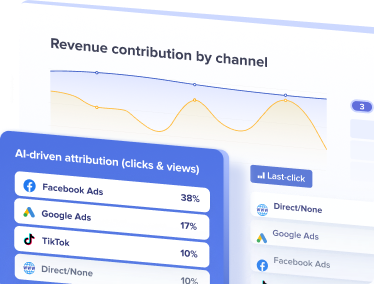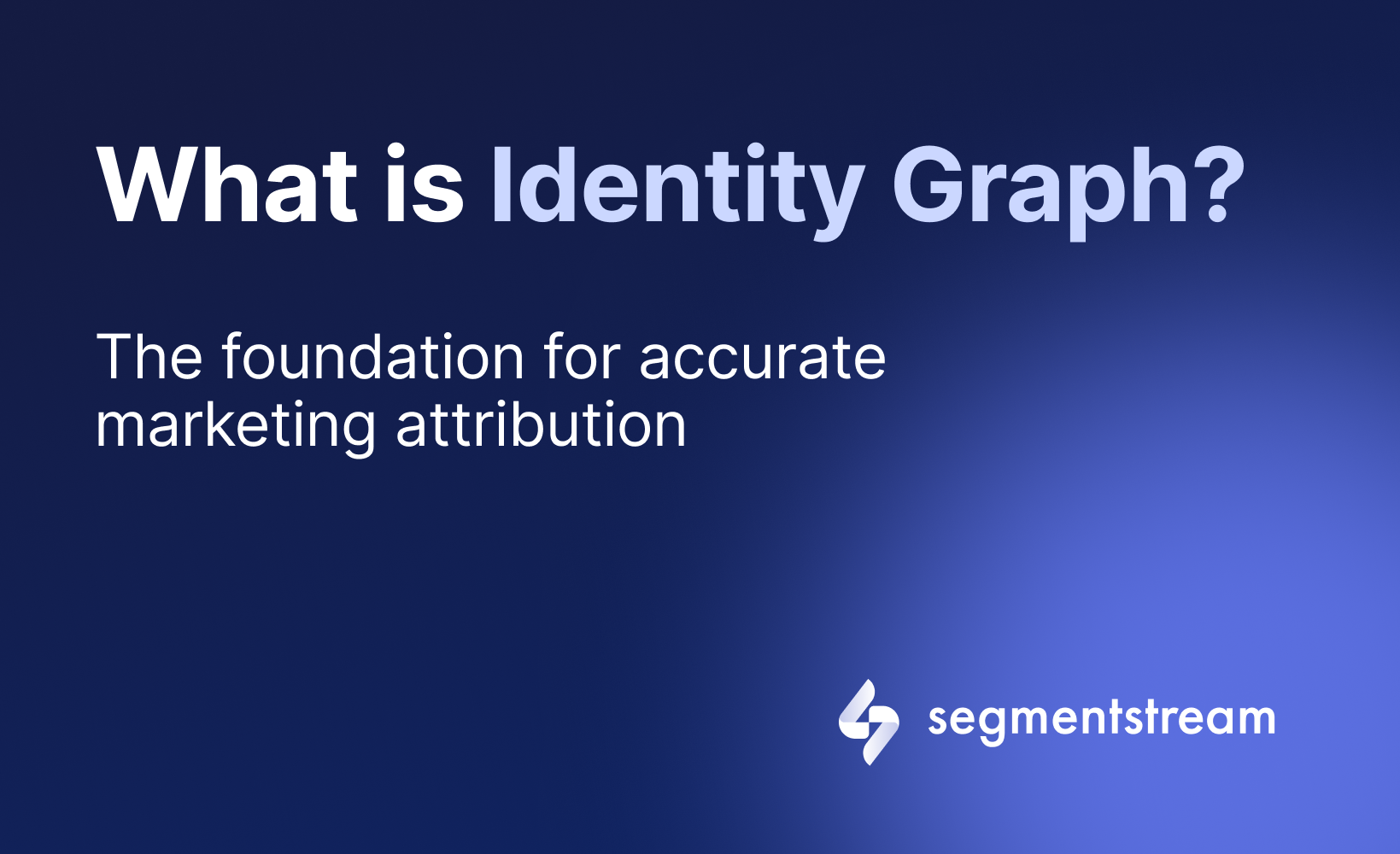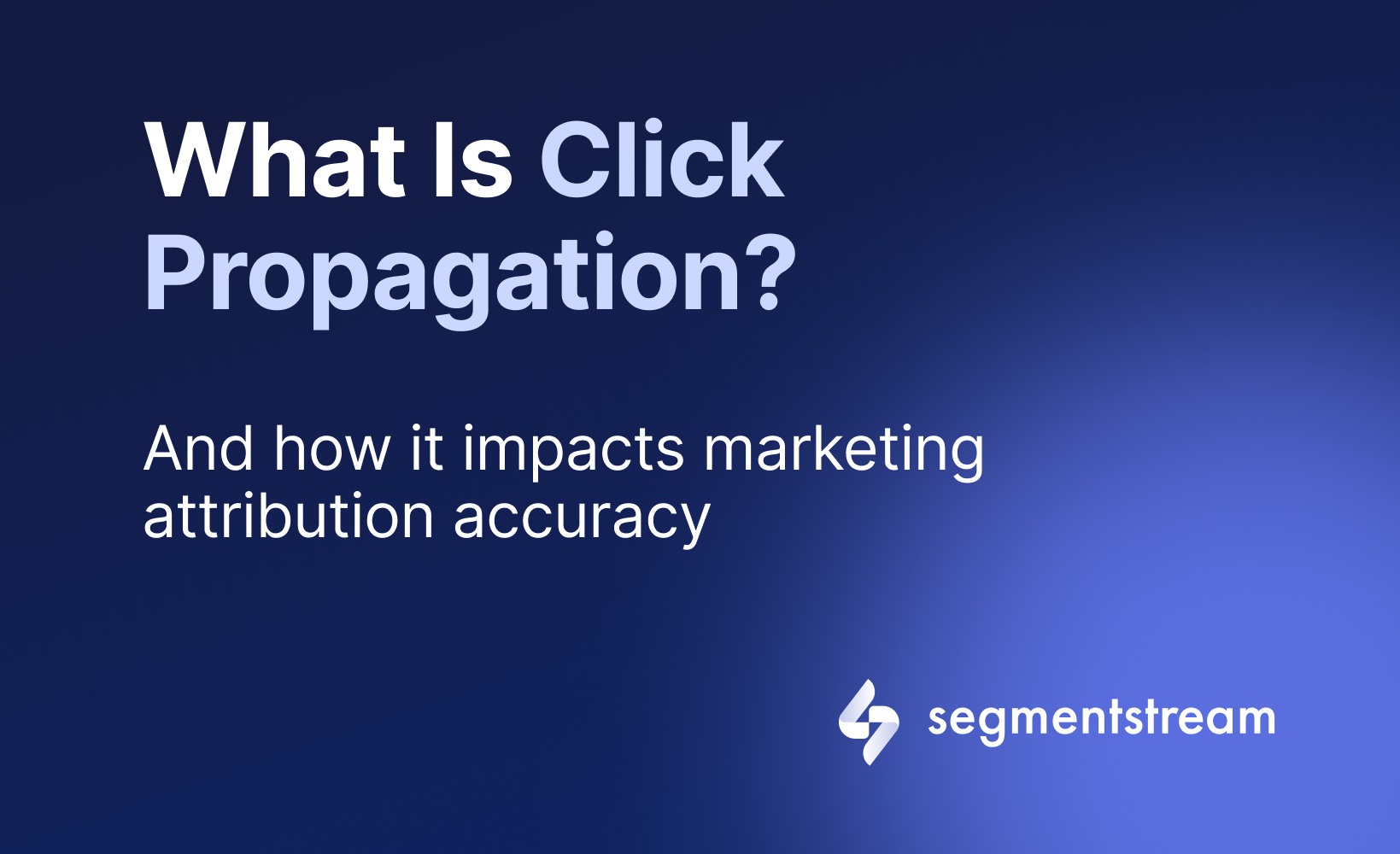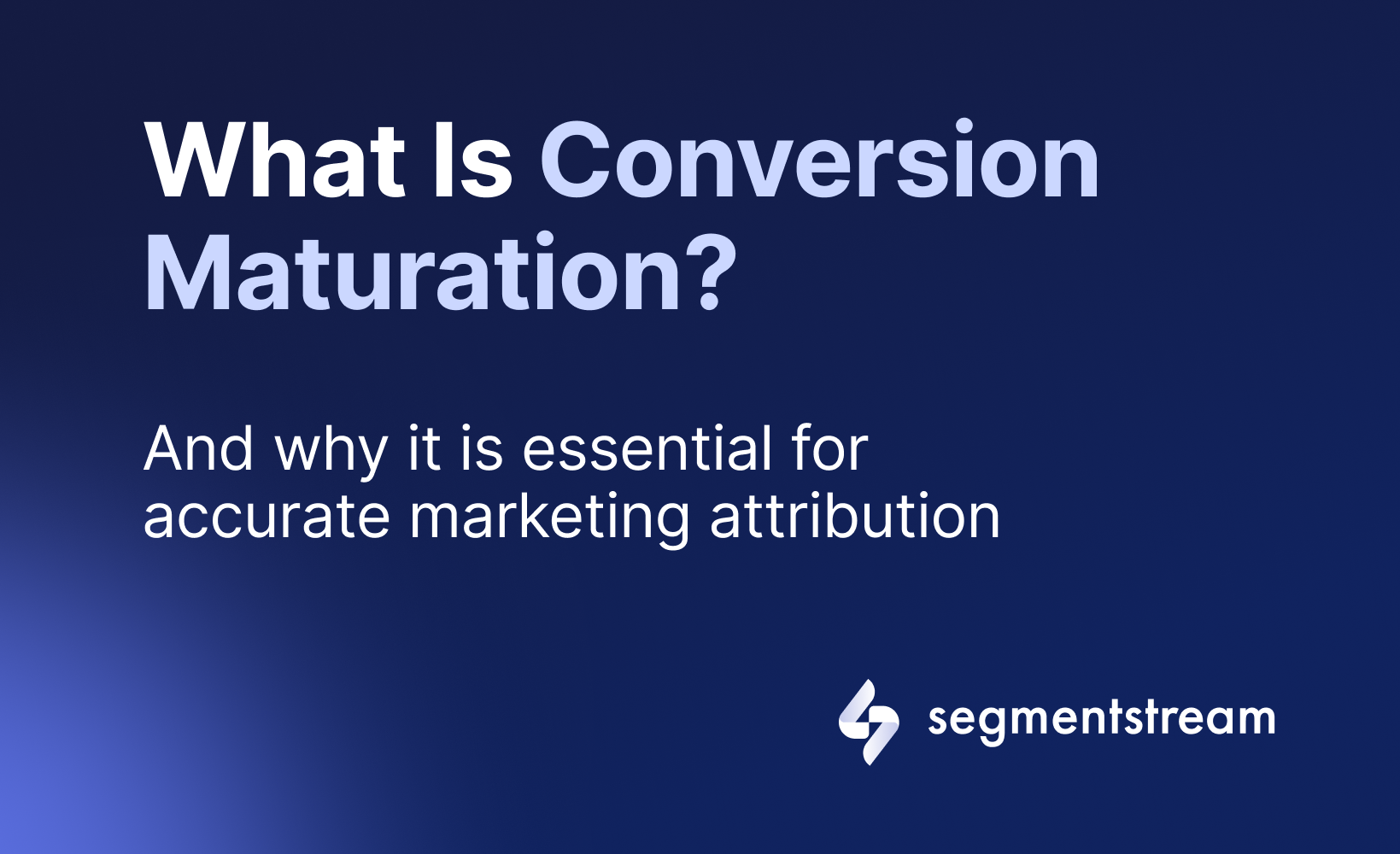Top-6 Alternatives to Measured.com in 2025
Measured proposes an incrementality-based attribution. It utilises a large database of over 25,000 incrementality test results. They model these results according to marketing channels, tactics, and cohorts, and then calibrate the model to fit individual brand characteristics such as industry, average order value, seasonality, etc.
In addition, Measured offers incremental lift tests, as well as a solution for media planning and ad optimisation, that provides ad spend recommendations.
According to G2 reviews, clients like Measured for its actionable insights and robust partnership in understanding media’s incremental performance. Dislikes include technical challenges with data architecture and occasional dashboard issues.
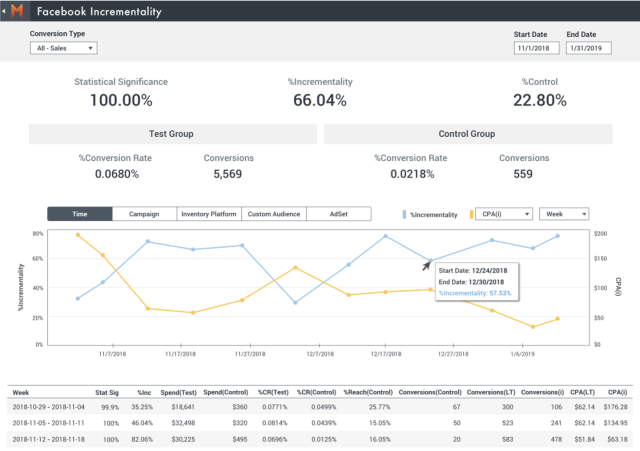
If you are for a tool to measure incrementality, here are 6 other solutions to look into.
1. SegmentStream
Like Measured, SegmentStream has built its attribution model by moving away from no longer reliable multi-touch attribution (MTA), hindered by limitations on data access and user-level tracking that made older marketing attribution methods ineffective.
SegmentStream offers an AI-based technology to combat the challenges that MTA failed to overcome.
The platform analyses hundreds of data points: from impressions, clicks, and CRM details to user behaviour on your website, aiming to comprehend the real influence of each channel and campaign on your revenue.
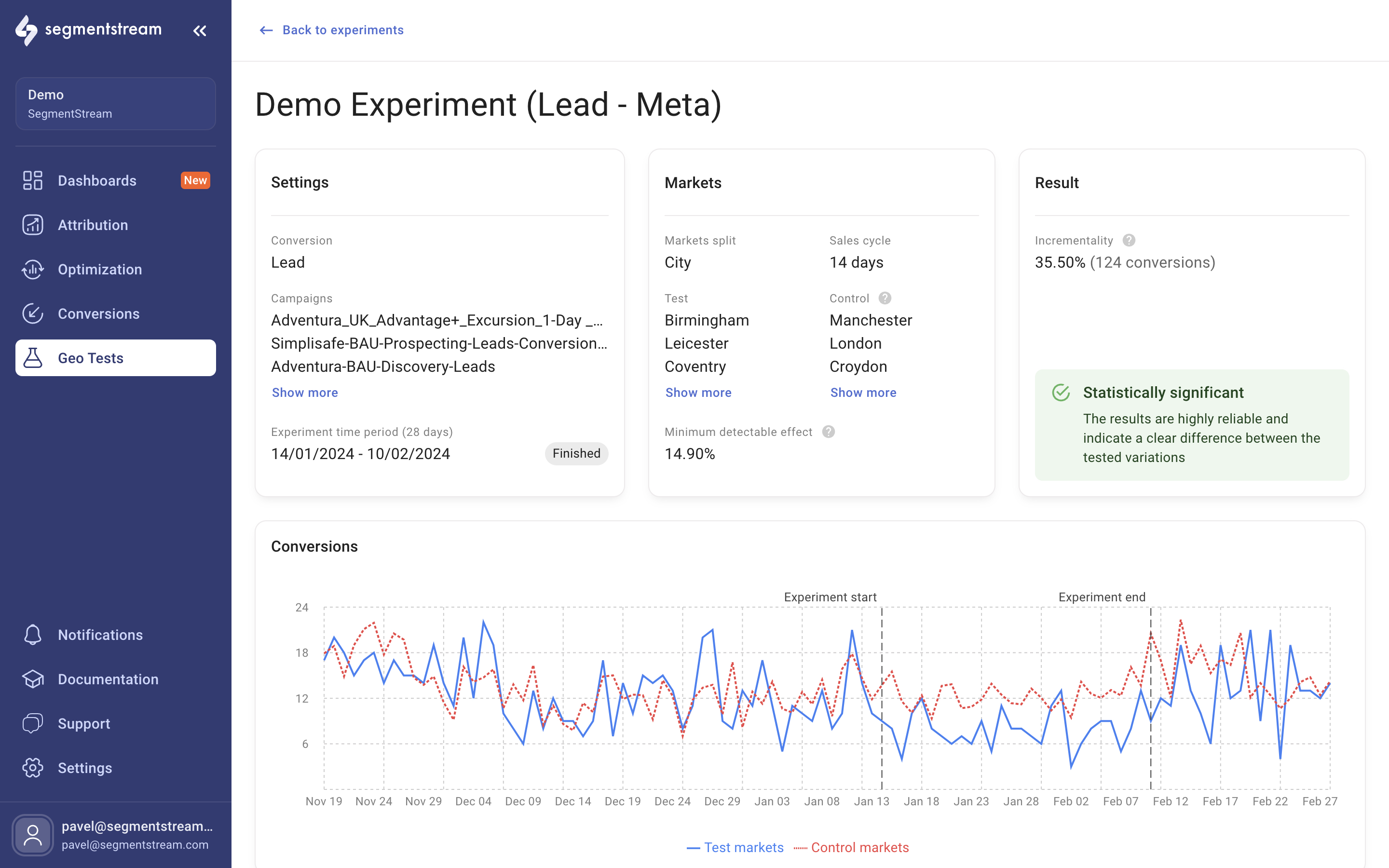
The benefits of SegmentStream include:
• Accurate evaluation of upper-funnel marketing campaigns (Paid Social, Display, Video, etc.).
• Unified cross-channel marketing dashboards with reliable & deduplicated data.
• Insights into what drives conversions attributed to ‘Direct/None’ & ‘Brand Search’.
Customers: L’Oréal, KitchenAid, Revolution Race, Ribble Cycles, CarShop.
2. INCRMNTAL
INCRMNTAL shifts away from user-level data or traditional experimentation, offering a new approach to incrementality measurement.
Instead of using A/B testing or randomised control groups, it records changes on ad platforms, such as budget increases or new creatives, as micro-experiments.
Additionally, it considers seasonality, promotions, holidays etc. This allows for continuous analysis without disrupting regular marketing activities.
Pricing: from $1000/month.
Customers: Bolt, Binance, Hopper.
3. Haus.io
Haus is an experiment-led measurement platform, offering A/B and incrementality tests, demand forecasting etc.
How does it work? Haus offers a solution for marketing incrementality tests, which are designed to measure the difference in a KPI, like sales, when one group sees an ad (or another stimulus) and another group doesn’t.
There are two primary methods: user-based holdouts and geo-based holdouts. User-based holdouts operate within ad platforms, assigning users to groups based on a cookie id, while geo-based holdouts assess outcomes between similar geographic regions.
Haus’s main offerings include:
- Using first-party data, avoiding the need for user-level data.
- Integration capabilities with existing data warehouses.
- Automated data ingestion and monitoring of data quality.
- Experiment design, prediction, sampling, and results analysis.
Customers: Caraway, Fanduel, Jasper, Tally.
4. Metageni
Metageni offers custom attribution models through their MediaGeni solution, which includes both online impression data and offline effects. They focus on creating an attribution model that’s specifically tailored to each business.
By integrating impression data, Metageni’s models can assess how social media, display ads, and videos influence brand searches, website visits, and sales. Their approach uses machine learning but is positioned as transparent, not a ‘black box’, allowing customers to peek inside to understand the attribution process and the customer journey that leads to a sale.
However, the interface can be complex, and it might be necessary to have an experienced analyst to utilise the tool effectively.
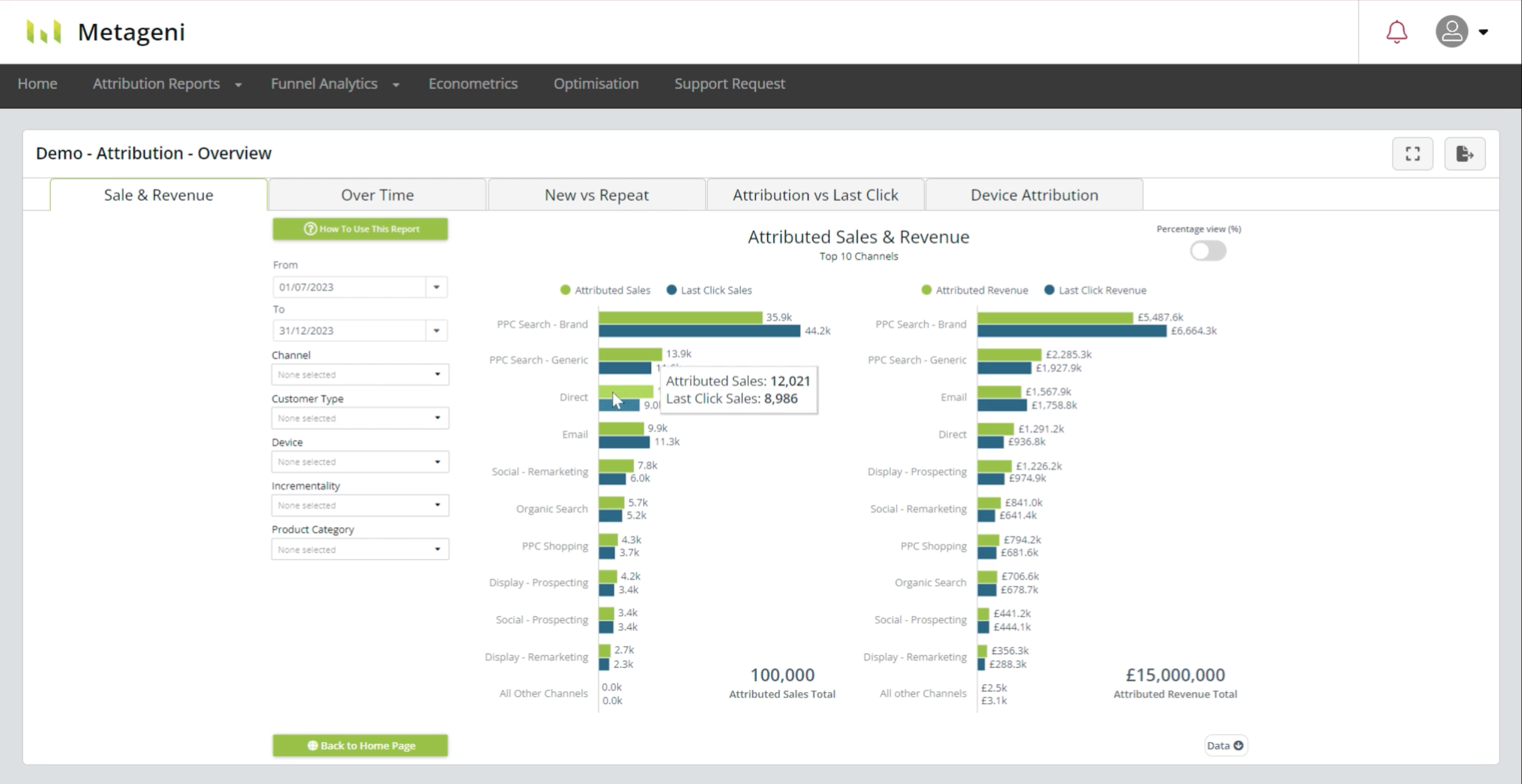
5. Objective Platform
Objective’s platform uses a broad approach to measure marketing impact, combining Multi-Touch Attribution (MTA), Marketing Mix Modelling (MMM), and other testing tools. In simple terms, it checks how each source of web traffic affects sales or sign-ups.
For example, if a customer journey with a banner ad leads to 12% of people buying, but the same journey without the banner results in only 10% buying, Objective believes that the banner boosts sales by 2%.
6. Windsor.ai
Windsor.ai is a multi-touch attribution provider, combining features of an ETL platform: connecting all marketing data into one tool and automating reporting.
As well as offering marketing mix modelling and different attribution models: from Last/First Click, Linear to the algorithmic Markov model. According to the latest G2 reviews, customers appreciate Windsor.ai for its responsive customer support and data integrity maintenance, and they value the automation and customisation it offers. Dislikes include a challenging interface for non-technical users and occasional minor technical issues, though they are usually resolved quickly.
Pricing: from $23/month for connecting 3 data sources, 30-day free trial.
Customers: Betty Bossi, Decathlon, iProspect, Victorinox.
FAQ
1. What is incrementality in marketing?
Incrementality in marketing measures the effectiveness of a specific marketing activity by comparing the outcomes from a group exposed to the activity against a similar group that wasn’t exposed. By isolating a marketing action, such as a new ad campaign, marketers can gauge its true impact on conversions or other desired outcomes.
2. How to measure incrementality?
For a practical example, imagine an online clothing store launching a new summer promotion. To measure the incrementality of this promotion, the store would set up an experiment with two groups: one sees the summer promotion (treatment group) and the other doesn’t (holdout group). After a certain time frame, the store would compare the number of sales (or other relevant metrics) from both groups. If the group that saw the promotion has notably more sales, the difference represents the incrementality of the promotion.
3. What is the difference between incrementality and a/b testing?
Incrementality Testing evaluates the added value of a marketing activity by comparing outcomes between a group exposed to it and one that’s not. In contrast, A/B Testing compares the performance of two different versions of content or campaign. For example, Incrementality might assess if Facebook ads boost sales, while A/B tests determine which ad version is more effective.
Optimal marketing
Achieve the most optimal marketing mix with SegmentStream
Talk to expert